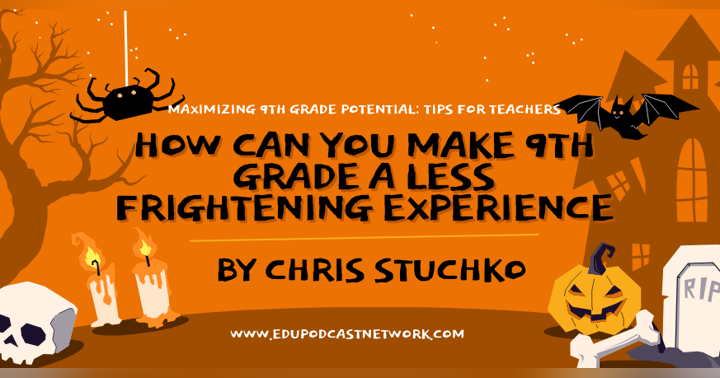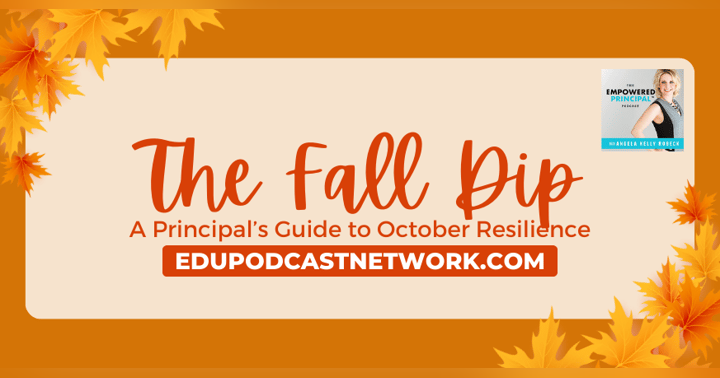SELecting Success: Unleash the Power of Social Emotional Learning!

At this point, I’m sure you’ve heard of this term, SEL or Social Emotional Learning. This is one of the hottest new buzzwords in education. With the exception of AI, I can’t think of something more talked about and shared and yet wildly misunderstood in the world of education.
According to the Collaborative for Academic, Social, and Emotional Learning (CASEL), “Social and emotional learning (SEL) is an integral part of education and human development. SEL is the process through which all young people and adults acquire and apply the knowledge, skills, and attitudes to develop healthy identities, manage emotions and achieve personal and collective goals, feel and show empathy for others, establish and maintain supportive relationships, and make responsible and caring decisions.
SEL advances educational equity and excellence through authentic school-family-community partnerships to establish learning environments and experiences that feature trusting and collaborative relationships, rigorous and meaningful curriculum and instruction, and ongoing evaluation. SEL can help address various forms of inequity and empower young people and adults to co-create thriving schools and contribute to safe, healthy, and just communities.” In short, SEL is an approach NOT a curriculum and it needs to be part of your everyday classroom routine. But how do we do this effectively and efficiently? How can we make the biggest impact without taking away from our teaching and learning each day? Enter Mindfulness-Based Social Emotional Learning. Mindfulness-Based Social Emotional Learning or MBSEL, is the concept of a daily practice of mindfulness. Mindfulness means being aware of oneself and being “in the moment.” This central idea informs my approach to SEL and my overall philosophy of how to include SEL in the classroom and make it effective.
Small steps lead to big changes
The easiest way to get started with SEL in your classroom is by doing something small each day. With SEL (as with most things) consistency is king. While some things may be more effective than others, nothing is as effective as being consistent. You’ll notice that I prefer practices to programs. While there’s nothing inherently wrong with using something like PBIS or Second Step, without a consistent (daily) approach to application all of these programs are used to tick a box labeled SEL without taking into account the impact on students.
One of the easiest ways to begin incorporating SEL into your daily routine is with a simple check-in/out. Create a short Google Form and give it a few questions. Choose questions like “How are you feeling today?” or “Is there anything you’d like me to know?” Keeping your questions open-ended means that students can interpret these how they see fit. Work with students who are younger or are not great readers? Add an image to your Google Form question. My favorite is using Emojis to represent feelings or emotions. By giving students daily check-ins you’re showing that you care about their feelings and you’re providing them space to recognize how they’re feeling on that day at that time. If you’re concerned about taking time out of your day don’t worry, at most this takes 5 minutes. Do it at the beginning or end of your class period. While I’m a technology person at heart this could be just as easily accomplished with sticky notes, worksheets, or a journal. Ultimately, be consistent and you’ll be surprised by how much the students look forward to reflecting on themselves and sharing with you.
Another daily practice that works very well for SEL implementation is yoga. I’m not a yoga person and I don’t practice regularly except in a classroom. However, there are a few things that work as well with centering students than taking a few minutes and implementing some basic yoga practices. Where to start with this? If you can, pull up Youtube and look up “kids yoga.” There are hundreds of videos to choose from. Need something more time specific? Look up “5-minute kids yoga.” Again, tons of content to choose from. Not all students will be comfortable with yoga but give it time, participate yourself (model best practices) and you’ll be surprised how many students end up using this as a way to focus themselves. Remember, you want students to “be in the moment.” This is a central concept of MBSEL. This allows them to remove themselves from whatever difficult things they may have been dealing with.
Not into yoga? Take the same approach but apply breathing exercises. Again, Youtube is your friend. Search for “kids breathing exercises.” You’ll have a ton of content to choose from. You can filter your search by how long you’d like the breathing exercises to last as well. A few minutes is plenty. Remember, model this yourself so students understand what they need to do. This provides a safe way to get centered for the day and takes literal minutes to do. Whether yoga or breathing exercises, I like to approach these at the beginning of the class or end of class. Regardless of what you choose, just be consistent. Sometimes I’ll have themed days like Yoga Monday or Breathing Tuesday. Some classes like one over the other so I stick with that. You don’t need a lot of variety, just consistency. And as an added bonus, since you're using Youtube videos you can upload these to Google Classroom or share them with students. When our school district has e-learning days we often include these as part of the student's assignments prior to starting any work.
Consistency is key
There’s no right or wrong way to SEL provided you do SOMETHING and are CONSISTENT. The key to implementing SEL and seeing improvements or benefits all come from being predictable with your students and the implementation of SEL strategies. Be yourself though, if you aren’t a yoga person that is OK. Just choose something that’s authentic to you and create success! Our students come to us from a variety of backgrounds and with all sorts of trauma. It can be daunting to try and help them as well as provide a good education. Using simple MBSEL practices you can help your students recognize their feelings and work towards focusing themselves on school. You’re teaching the whole child!

